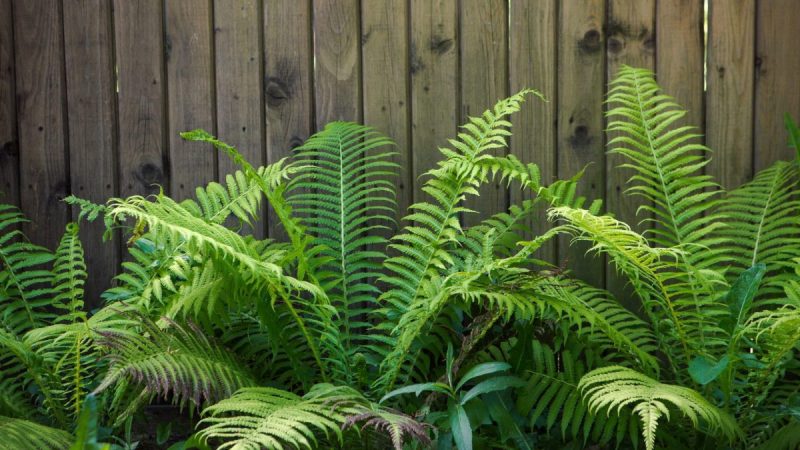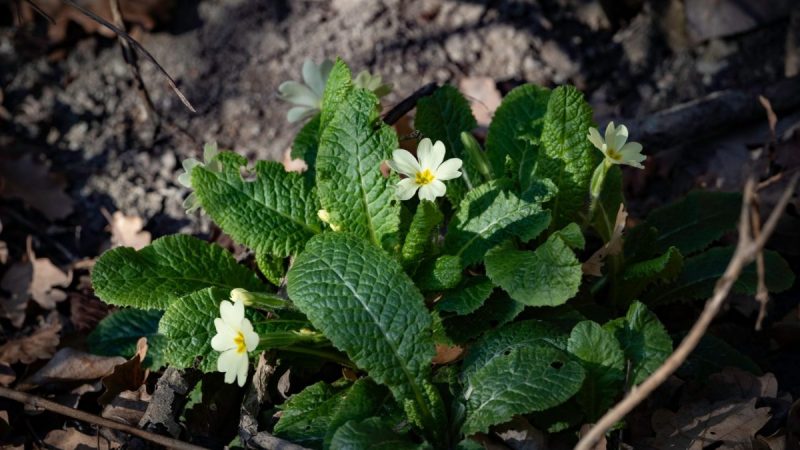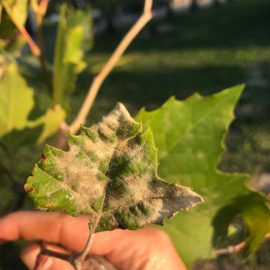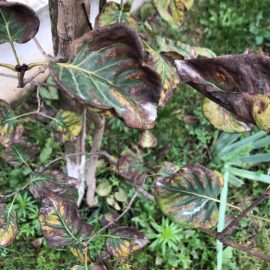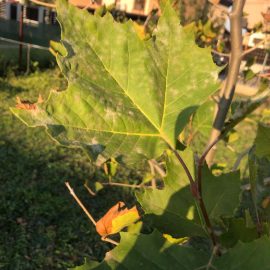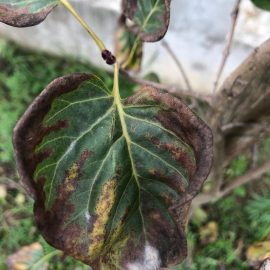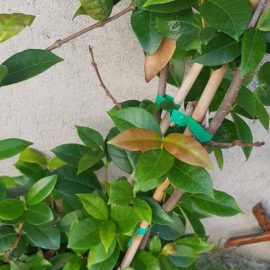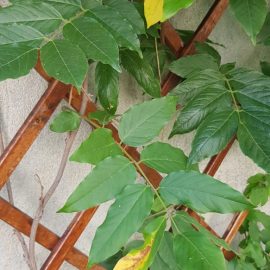Shade-tolerant plants
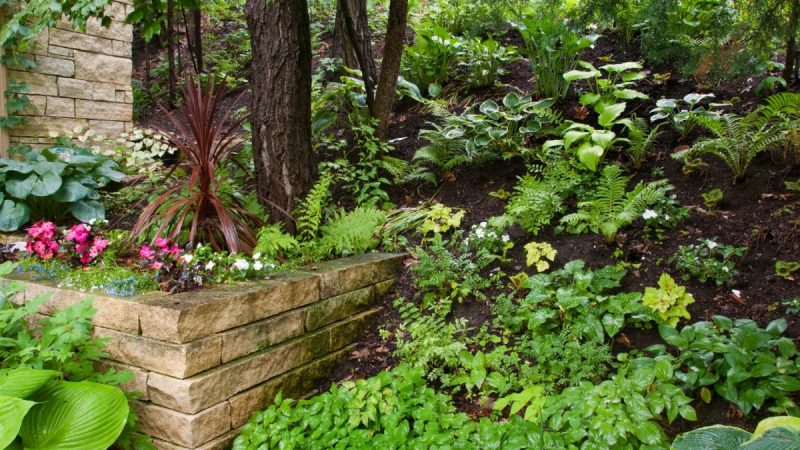
Landscaping a shady garden is often challenging for most gardeners. Selecting the appropriate plants for shaded areas is crucial for the harmonious growth of vegetation in such environments. Opting for plants suitable for shade is an excellent way to introduce color and texture to a shaded section of the garden or an area with low light intensity. Familiarity with and selection of plants that thrive in low light conditions enable the successful design of a garden shaded by buildings, trees, or other structures. These plants may include both annuals and perennials, such as shrubs, vines, and ground cover plants, that thrive in full or partial shade.
Shrub and tree species
Holly (Ilex)
Ilex aquifolium, commonly known as holly or laurel, is a shrub species belonging to the Aquifoliaceae family. It hails originally from southwestern Europe, northern Africa, and southwestern Asia. Typically thriving in shaded spots within deciduous forests, it occasionally grows into a small tree. This adaptable shrub easily acclimatizes to diverse environmental conditions, making it a preferred choice for reforestation projects.
Planted for its ornamental value in parks and gardens, it’s highly prized for its evergreen foliage. While it can tolerate direct sunlight, it generally prefers partial shade.
English Yew (taxus baccata)
Taxus baccata, commonly referred to as yew, is an evergreen tree belonging to the Taxaceae family. Native to Europe, Asia, and North Africa, the yew is a small-sized tree that can reach heights of 15-20 meters. It sports a distinctive conical crown and its bark exhibits a reddish-brown hue. Yew thrives in shaded woodland areas, where it receives minimal sunlight each day, and it demonstrates remarkable tolerance to shade. Nevertheless, it benefits from a few hours of sunlight daily for optimal growth.
Hydrangea
Hydrangea sp., commonly known as hydrangea, is a genus comprising 70-75 species of flowering plants from the Saxifragaceae family, originating from Asia and America. Most are shrubs ranging from 1-3 meters in height, while some grow in the form of small-sized trees, and others are vines reaching heights of up to 30 meters. Hydrangeas thrive in partial shade, except for H. paniculata species, which prefers sunny locations.

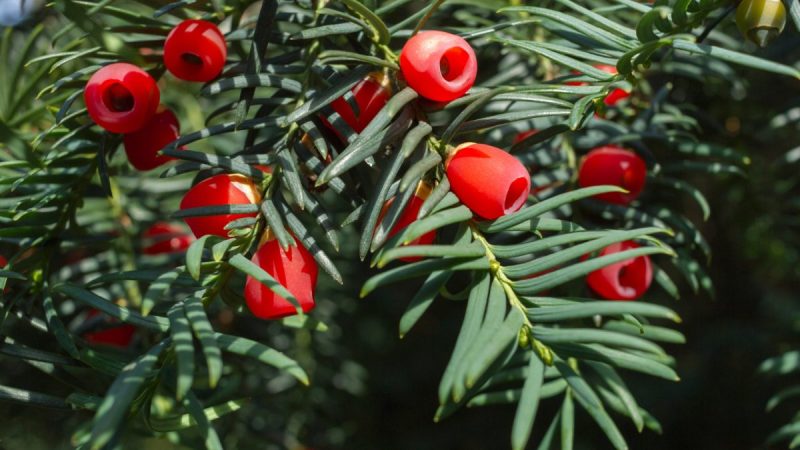
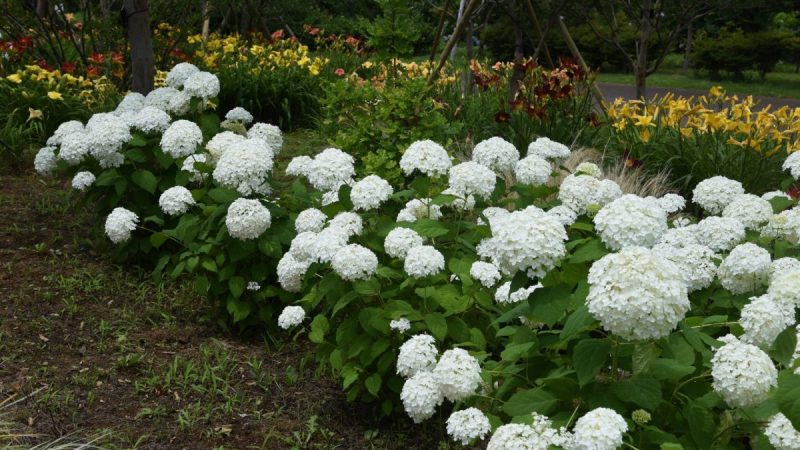
Groundcover plants
Vinca
Vinca spp. (popularly known as periwinkle or myrtle) is a trailing subshrub belonging to the Apocynaceae family, characterized by its evergreen foliage and flowers of various colors (white, pink, violet). It thrives both in light and shade conditions. Periwinkle is commonly used as a ground cover plant or as an ornamental plant grown in hanging containers. It prefers partially sunny or semi-shaded locations, but it can also tolerate full shade conditions. Direct exposure to sunlight may cause sunburn spots.
Ivy
Hedera helix, commonly known as ivy, is a climbing and trailing plant from the Araliaceae family, native to Europe and Western Asia. Numerous ivy cultivars are prized for their decorative value, both outdoors (on fences, walls, tree trunks) and indoors (in hanging pots). It prefers lightly shaded areas.
Canadian Virginia creeper
Parthenocissus quinquefolia, commonly referred to as Virginia creeper, is a climbing plant native to North America. The plant is adorned with leaves, especially in autumn, when they turn spectacular reddish hues. Throughout the rest of the year, the foliage is green. This species is often used to cover walls, fences, or other garden structures.
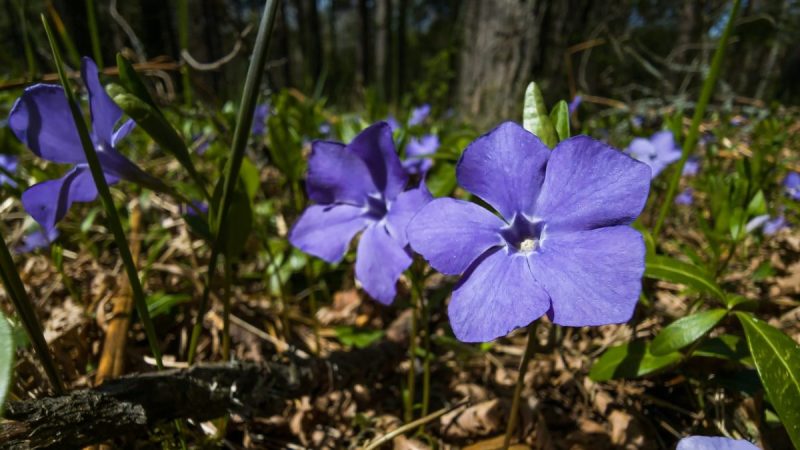
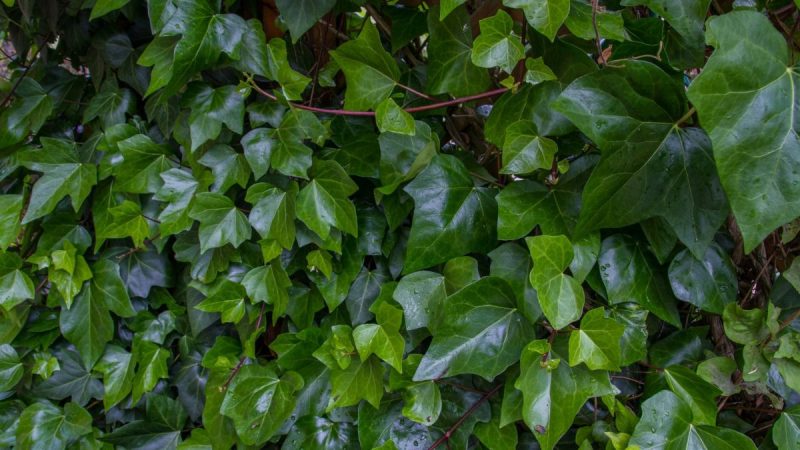
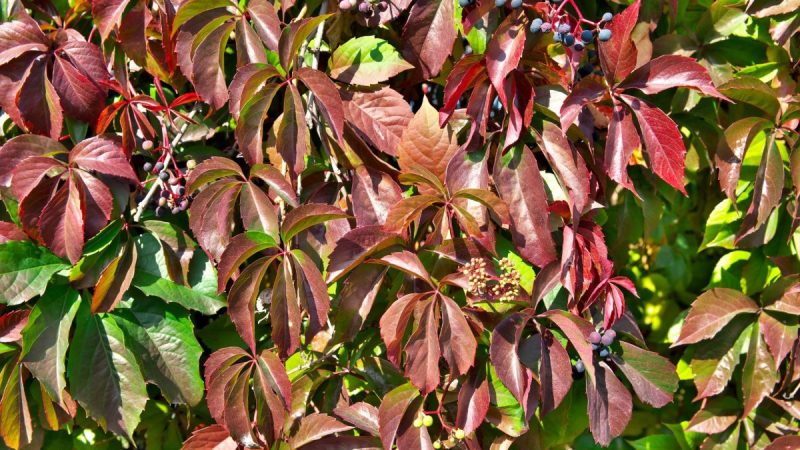
Herbaceous plants
Asian bleeding-heart
Asian bleeding-heart (Lamprocapnos spectabilis) is a perennial herbaceous plant native to East Asia. It has moderate growth, reaching heights of up to 90 cm. The common name is derived from the appearance of its flowers, which are pink or white and dangle gracefully from arched stems, resembling hearts. It thrives and blooms in partial shade but can also tolerate sunny spots, particularly favoring morning sunlight.
Helleborus
Helleborus (Helleborus sp.) are perennial herbaceous plants, evergreen, belonging to the Ranunculaceae family. Often found at the forest edge, they can also be cultivated in gardens, along borders, or in pots, blooming in late winter or early spring. They retain their flowers until mid-spring. They grow and flourish in partial or full shade, especially during warm periods. During winter months, they require more light and can be grown under deciduous trees.
Hosta
Hosta is a genus of perennial herbaceous plants from the Asparagaceae family, native to Northeast Asia. They grow from rhizomes or stolons, forming clumps with large leaves (30 – 45 cm long and 20 – 30 cm wide), lanceolate or ovate. In our country, they are primarily used as outdoor ornamental plants, adorning parks and gardens. They thrive best in semi-shaded conditions and require at least 4-6 hours of sunlight per day.
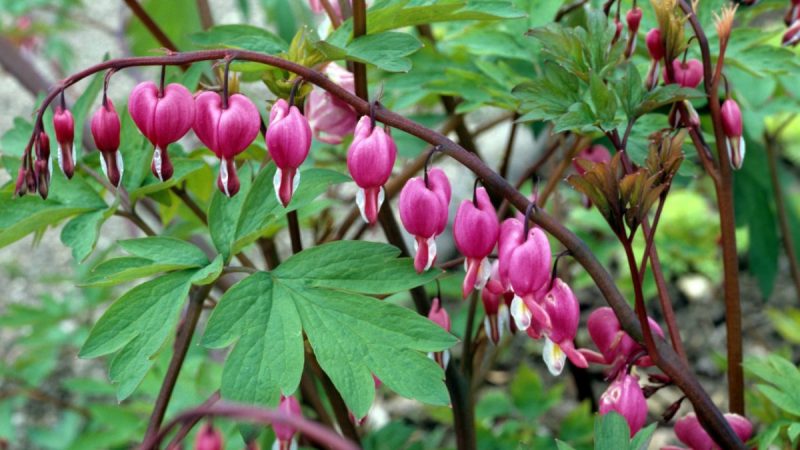
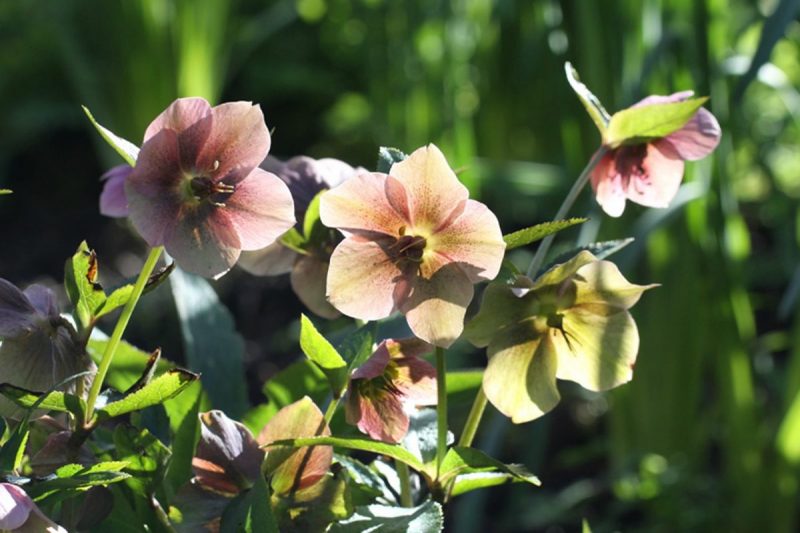

Ferns
Ferns are a group of prehistoric plants comprising over 10,000 known species. They are vascular plants with roots, stems, and true leaves. They do not produce flowers or seeds; instead, they reproduce via spores found on the underside of their leaves. While most commonly found in tropical areas, ferns can also be encountered in mountainous regions, with some species even thriving in polar regions. Most fern species grow optimally when placed in shaded or partially shaded locations.
Lily of the valley
Lily of the valley (Convallaria majalis) is a perennial herbaceous plant native to Europe and Asia, also known colloquially as May lily. These plants bloom in April-May, and after 1-2 months of flowering, they go into dormancy. Lily of the valley prefers partial shade but can tolerate sunny areas if the soil remains moist.
Primose
Primrose (Primula sp.) belongs to the genus of the same name, which includes over 500 species and numerous hybrids and cultivars. Primrose species can be cultivated as either annual or perennial plants (with a lifespan of up to 5 years under optimal conditions). Primrose is suitable for cultivation in gardens or parks (along borders or at the base of trees) as well as in pots, planters, or containers. Hybrid plants prefer semi-shaded areas, receiving light in the morning and shade for the rest of the day. Some species, like Primula japonica, prefer shaded areas.
